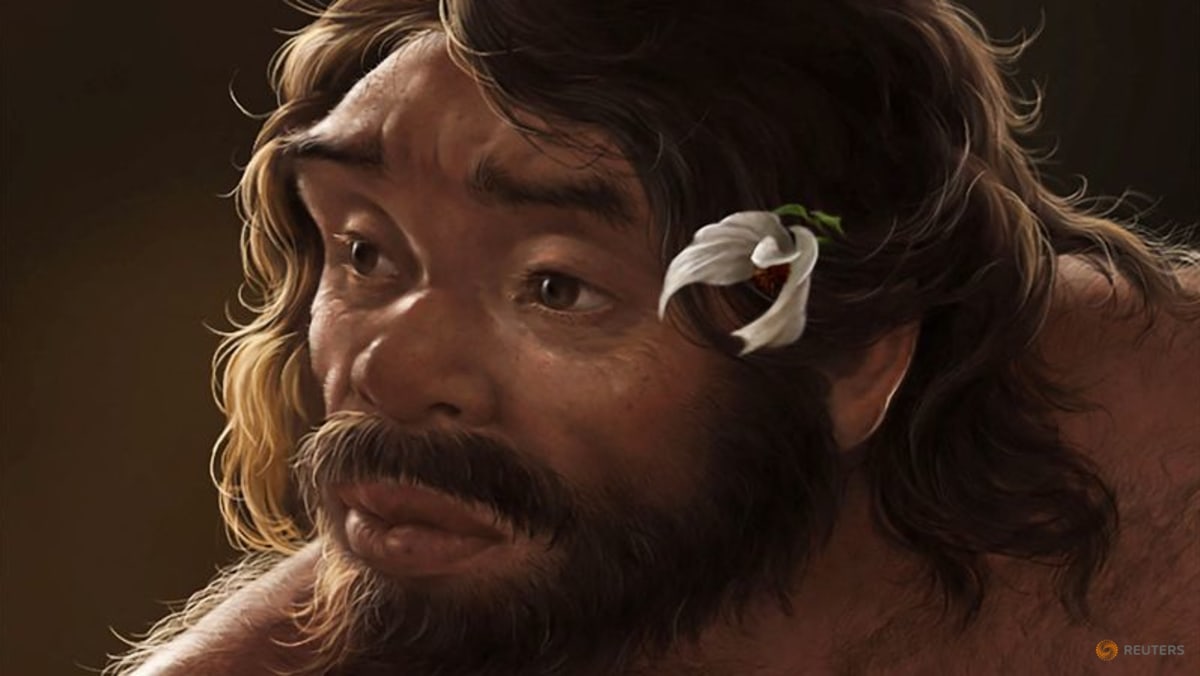The skull had been partially crushed and its shape distorted from pressure and movement in the ground over many years during and after the fossilisation process.
The researchers placed the skull in an Asia-centered hominin lineage that includes the species Homo longi, known from fossils including a skull discovered near the Chinese city of Harbin, as well as the Denisovans.
The skull, Ni said, shares features with the other members of this lineage such as a broad and massive roof of the mouth, flat and low cheekbones, an expanded region at the back of the head and some features of the ear region.
The existence of Denisovans was unknown until researchers in 2010 announced the discovery of their remains in Denisova Cave in Siberia, with fossils later unearthed elsewhere in Asia. Both Denisovans and Neanderthals experienced significant interactions with Homo sapiens, including interbreeding, before vanishing soon after for reasons not fully understood. Because of the ancient interbreeding, many people today from Asia and some other places carry DNA from Denisovans.
The findings may change the understanding of the path taken by human evolution in the past million years or so involving members of the genus – a group of closely related species – called Homo.
The researchers proposed that five major branches, or clades, of large-brained humans in Africa, Europe and Asia began diverging from each other more than a million years ago. These branches led to Homo sapiens; Homo longi and the Denisovans; the Neanderthals (Homo neanderthalensis); Homo heidelbergensis, first known from a jawbone found in Germany; and Homo erectus.
“The Homo longi clade was quite successful in Asia, occupying a very large area with diverse environments for more than one million years. They probably lived in small, isolated groups and had little interaction with other groups. Consequently, they exhibit considerable morphological diversity,” Ni said.
The researchers said the Yunxian 2 skull provides evidence that the process of divergence among the human lineages occurred earlier than previously suggested.
“Based on our new discovery, we challenged the old timelines of human evolution,” Ni said.
The oldest-known Homo sapiens fossils date to roughly 300,000 years ago in Africa. But the researchers proposed that the lineage that led to our species peeled off from the other hominin lineages hundreds of thousands of years earlier – possibly more than a million years ago.
Stringer said the skull may help resolve a dilemma called the “Muddle in the Middle”, the perplexing array of human fossils between 300,000 and one million years old.
If the Yunxian 2 skull sits close to the origins of both the Homo longi/Denisovan and Homo sapiens lineages, Stringer added, “it may represent one of the most important windows yet into the evolutionary processes that shaped our genus around one million years ago”.













